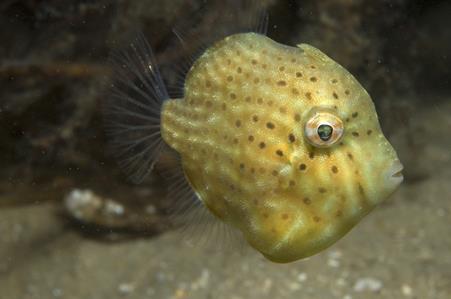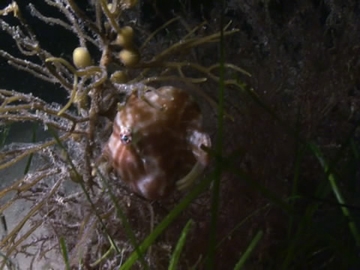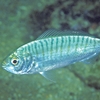General Description
Distinctive small leatherjacket with an almost circular body; abdomen inflatable; skin covered in velvety spinules; first dorsal fin a single smooth spine that cannot be locked in an erect position; anal fin and second dorsal fin opposite, both with unbranched rays. Colour pattern highly variable, ranging from a pale yellowish-brown to dark green with numerous darker and lighter lines, spots and ocelli, providing excellent camouflage. To 9 cm.
Biology
A common species on coastal reefs.
Habitat
In bays, estuaries and on sheltered coastal reefs, usually around piers and jetties, or in seagrass and macroalgal habitats, to depths of 40 m.
Reefs
Seagrass meadows
Distribution guide
Southern Australia.
Species Group
Depth
Shallow (1-30 m)
Deep ( > 30 m)
Water Column
Max Size
9 cm
Diet
Carnivore
Commercial Species
No
Global Dispersal
Native to Australia
Identify
Conservation Status
- DSE Advisory List : Not listed
- EPBC Act 1999 : Not listed
- IUCN Red List : Not listed










